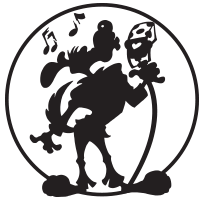Been sketching from a “How to” book on drawing manga. This is one I found online, but I can’t tell if it’s a Japanese book that was published in China, or what. I can’t read kanji (although I certainly wish I could), so I can’t tell the title or the authors, despite running it through the translator app. To make sure everyone know where I got these images, and to give some sort of credit where it’s due, I’ll simply post the covers here, and include them again whenever showing other images from the books in future posts. 

In some “How to” editions they include the photos when mentioning ways to use reference, and not just talk about it. Despite not being able to read them, I think I still get the concepts of what they’re talking about… most of the time. That all aside, this is one of the reference images in the book–
You can see in my first attempt that I ignored the extreme foreshortening of the shot, and flattened the image a bit; making it more of a straight on shot.  In the second attempt I tried following the photo a bit more; not only in proportions, but in details and rendering.
In the second attempt I tried following the photo a bit more; not only in proportions, but in details and rendering.
This goes back to what Loomis used to talk about, with an artist being able to decide what they use from a photo, and that they wish to ignore. It’s more than just dropping “unwanted” details, but also how the overall reference is used. A lot of younger artists I’ve talked to feel reference is a limitation, because they can’t find the “perfect” shot; but by that, I think they really mean it’s not as “exact” as the one they want. In the new world of AI generated images, even it won’t provide exactly what you may be thinking, but you can adjust an illustration.


